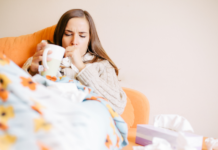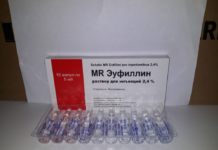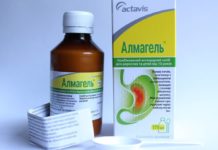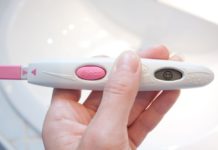Every woman, if she wants to give birth to a baby or, conversely, to avoid conception undesirable at the moment, should have a clear idea of whether it is possible to become pregnant immediately after menstruation. There is no single answer to this question, because it depends on many factors. So, it will not be superfluous to consider them in more detail.
Material Content:
- 1 Factors affecting possible pregnancy after menstruation
- 2 What is the probability of becoming pregnant on 1, 2, 3 days?
- 3 Is pregnancy possible for 4-9 days?
- 4 How many days after menstruation can I get pregnant?
- 5 The correct calculation of days favorable for pregnancy
- 6 Days recommended for protected sex
Factors affecting possible pregnancy after menstruation
And professional gynecologists-endocrinologists, and women themselves in practice have become convinced that it is quite possible to become pregnant after menstruation.

The ability to conceive after menstruation is determined by many factors. The main of them experts consider the following.
- Cycle time. The average, but the conditional duration of the monthly cycle is from 28 to 30 days. This duration is considered optimal, but in fact more than 57% of women have a shorter cycle - 22, 24 or 26 days. If the cycle is too short (from 18 to 21 days), then the egg release phase (ovulation) shifts from the middle of the cycle to the last days before menstruation. Therefore, if during this period a woman with a short monthly cycle had an unprotected intimacy, the probability of conception immediately after menstruation is very high with normal functioning of the ovaries.
- Sperm viability. Many people believe that fertilization of a woman’s germ cell occurs during or several minutes after an intimate act, if it occurs on the day of ovulation.Contrary to this opinion, sperm in men with high sperm quality are able to maintain their activity for a rather long period - from 2 to 6 days. Therefore, if at the time of sexual contact the egg is in the ovary or in the expanding (ampullar) part of the fallopian tube, then in the next few days the most viable and active sperm can fertilize it.
- Menstruation duration. A very long (more than 7 days) expiration of menstrual blood creates conditions under which it is likely that already in the last hours of menstruation a new egg will mature, ready for fertilization.
- Disturbed monthly cycle. Irregular menstruation means that the egg leaves the follicle on different days and, therefore, in women with a disturbed monthly cycle, conception often happens after menstruation. In this condition, it is very difficult to guess when ovulation will occur, and to calculate the days for a possible pregnancy.
- Spontaneous ovulation. The causes of this phenomenon have not yet been identified, but among the main factors, experts call heredity and hormonal instability in the body. Therefore, with spontaneous release of the egg after sexual intercourse, fertilization can occur during menstruation.
- Ovulation of several eggs at different times. Such a phenomenon is quite rare, but it is quite possible if two eggs are released from two dominant follicles at different stages of maturity. Since sperm cells remain viable for several days, they can easily fertilize both eggs.
In obstetric practice, cases of the birth of twin twins with different skin colors are known, the fathers of which were different sexual partners of a woman (black and fair-skinned). After the study, it turned out that the conception of children occurred during the fertilization of two gametes that left two follicles with a difference of 2 days.
In addition, we should not forget that the following factors also affect the menstrual cycle, and therefore the possibility of conception immediately after menstruation:
- the state of the hormonal system and diseases that affect the balance of hormones;
- the period after childbirth or abortion, breastfeeding;
- the period before menopause in women older than 40 years;
- chronic pathologies of the reproductive organs;
- sexual activity;
- previous or existing genital infections;
- stressful situations;
- change of a climatic zone;
- prevention methods.
Abnormal bleeding, which is not associated with menstruation, but occurs during various pathologies of the uterus and ovaries, can also affect conception. This condition a woman can take for menstruation and incorrectly calculate the "safe days".
One of the factors that can affect the development of an unexpected pregnancy can be attributed to the treatment of amenorrhea (absence of monthly discharge for six months). Provided that the imbalance of hormones is eliminated, the pathology of the uterus, ovaries and endocrine glands is cured, conception against the background of cure can occur at any time.
What is the probability of becoming pregnant on 1, 2, 3 days?
The likelihood of conception occurring 1-3 days after menstruation is quite high. Earlier, the days following the end of menstruation were considered as completely safe from the point of view of the possibility of conception. This opinion was based on the fact that in the early days, the gamete has either not yet matured, or has not left the follicle into the fallopian tube, and therefore the fusion of the female and male reproductive cells is simply impossible.
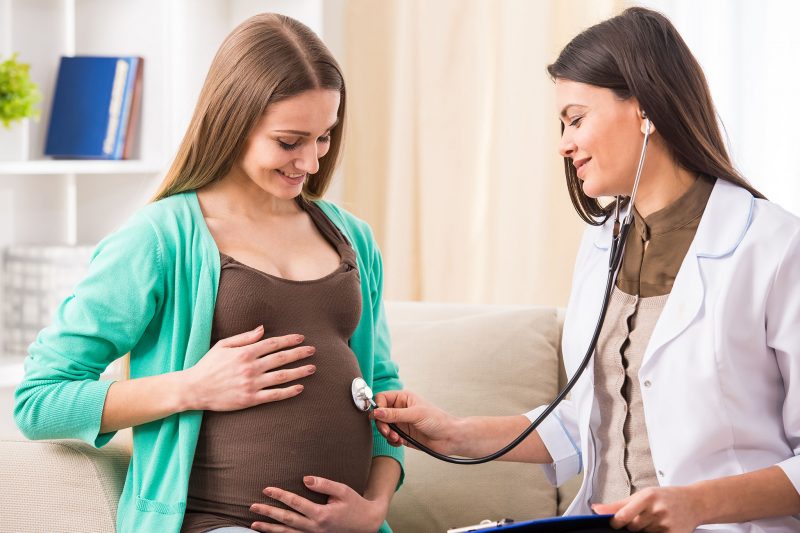
However, conception, although in very rare cases, can occur under the following set of circumstances:
- with a spontaneous exit of a mature egg from the follicle on 1-3 days of the cycle;
- with prolonged presence in the fallopian tubes of active sperm.
That is, if a man and a woman were close to or during menstruation, then the most “persistent” sperm is able to “wait” the gamete for 5-7 days and fertilize it.As a result, the woman will be pregnant already during menstrual bleeding or immediately after it.
Is pregnancy possible for 4-9 days?
As mentioned above, male germ cells are able to maintain their functions for several days. Therefore, if unprotected intimate contact occurred 3–7 days before the female cell enters the fallopian tube (for example, immediately after menstruation), then the probability of conception on the 4th – 6th day is quite high, especially with a short monthly cycle (19–21 days). And the chance of getting pregnant on the 8-9th day after menstruation reaches 85-90%.
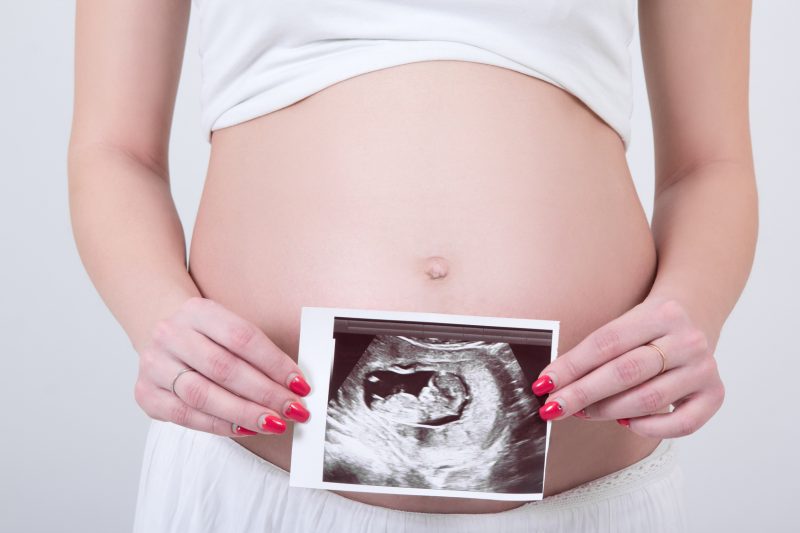
How many days after menstruation can I get pregnant?
It is difficult even for a doctor to say exactly how many days after menstruation it is possible to become pregnant, since the follicle ripening and the moment of ovulation are individual.
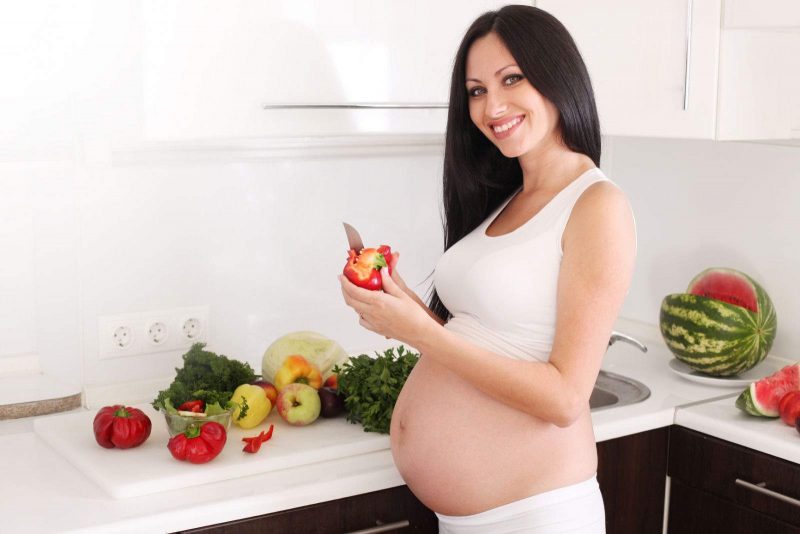
With strong feelings, illness, or a change in hormone secretion, the egg cell may not form at all. And, for example, with hormonal treatment, ovulation can occur earlier than average. The more regular and constant in duration the cycle is, the more likely it is to determine the days on which conception is possible.
The correct calculation of days favorable for pregnancy
The ovulation phase lasts 12–48 hours and theoretically occurs around the middle of the cycle. It was at this time (the so-called "fertile window") that the chance of conception was especially high. However, in fact, in order to correctly calculate the time a female cell leaves the follicle, one must take into account the duration of the cycle itself and the time that spermatozoa can "hold out" in the genital tract in order to fertilize the gamete.
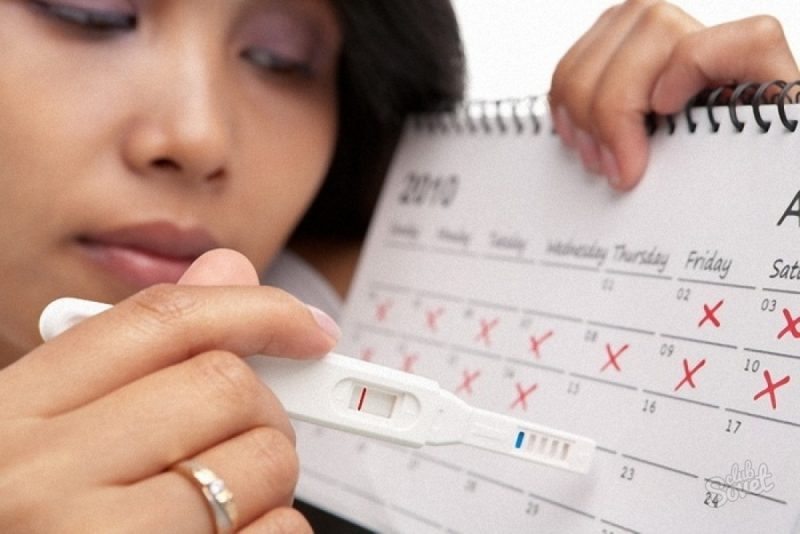
To get pregnant quickly, you should choose the most accurate method for determining the period favorable for conception. For this, it is very advisable to keep a calendar for at least 3 months, where the days of monthly bleeding and the duration of the cycles are recorded.
But you need to keep in mind that the calculation of such days is most accurate with regular cycles with the same duration.
Regular cycles
The well-known Ogino-Knaus method takes into account that ovulation occurs in the middle of the cycle, spermatozoa are viable in the female genital tract for 3 days (in fact, up to 6-7 days), and the life of an egg is limited to 2 days.

With these initial parameters, the most favorable days will be the day of ovulation, 2 days before it and 2 days after. Calculating such a 5-day period is easy. For example, with a cycle of 26 days, ovulation is most likely to occur 13 days after the onset of menstruation. Therefore, days 11 to 15 will be the most fertile.
Very important! All days are counted from the onset of monthly bleeding, and not after it!
Cycles of Different Duration
However, the calculation can also be carried out for cycles whose duration varies. The main thing is that a woman should record their duration on the menstrual calendar.
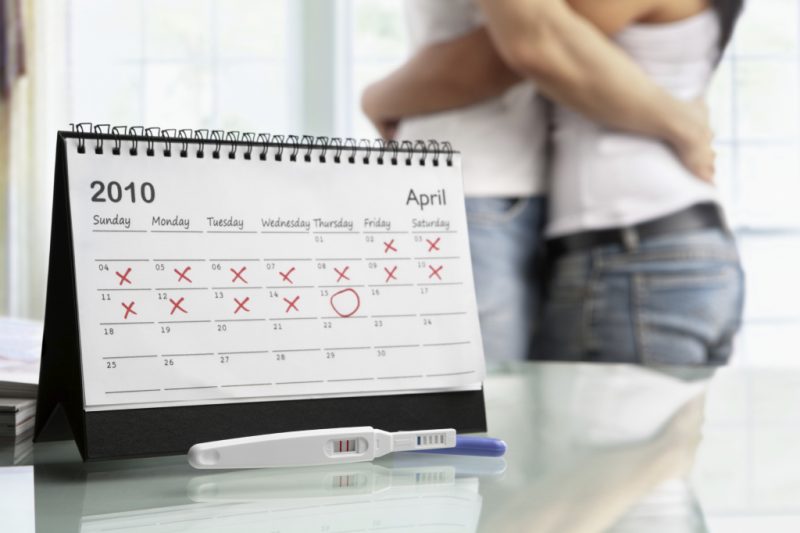
Calculation: 10 is taken from the longest menstrual cycle, and 19. from the shortest menstrual cycle. Take for example the longest cycle of 28 days and the shortest - 24. That means: 28 - 10 = 18; 24 - 19 = 5. It turns out that with such fluctuations, pregnancy is most likely to occur from 5 to 18 days inclusive. It turns out that with a short cycle it is easy to get pregnant on the 5th day of the cycle, that is, at a time when bleeding can still continue.
Days recommended for protected sex
If a woman does not plan a pregnancy, then the days on which she needs sexual intercourse coincide with the time when conception is most likely. However, in order to increase the reliability of the calculation according to Ogino-Knaus, one should take into account the “survivability” of spermatozoa and make a correction in a big way.

We count the days of protected sex for a constant cycle of 28 days:
The ovulatory phase or the most “dangerous” time for unwanted conception is the 14th day of the cycle. Around this day, taking into account the survival of sperm, a zone of high probability of conception is formed, which includes 6 days before and 6 days after ovulation. We consider 14 + 6 = 20, 14–6 = 8.Thus, a period from 8 days from the onset of monthly bleeding to 20 days will represent the time when contraception will help to avoid an unplanned conception.
How to identify "dangerous" days with an irregular cycle
If the cycle is irregular, it is dangerous to rely on calculations to prevent pregnancy. In such cases, the best option is to measure basal temperature. Of interest is the lowest, which is fixed during night sleep and which changes in different phases of the cycle due to changes in hormonal status.
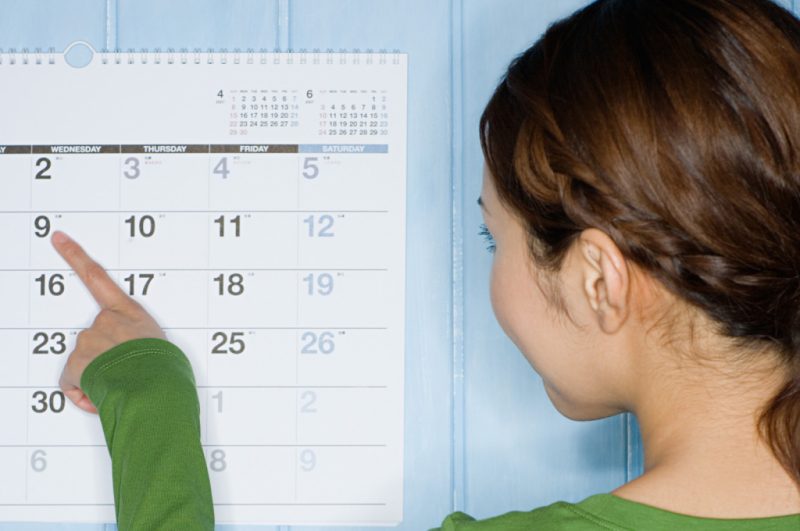
To do this, every morning immediately after waking up, without getting out of bed, to measure the rectal temperature. During menstruation, this indicator after sleep is in the range of 36.7-36.9 degrees. By the time of ovulation, it slightly decreases, but after the gamete, ready to meet with the male reproductive cell, sharply “jumps” to 37.2–37.3.
The dangerous period in this case, taking into account the survivability of sperm, includes 6 days to a maximum and 6 days after that.
For example, the temperature peak occurs on day 14 (ovulation), which means: 14 - 6 = 9, 14 + 6 = 20. It turns out that the days on which it is necessary to be protected are in the range from 9 to 20 days inclusive.
It is advisable to record basal temperature values over 4-6 cycles.
If, with the onset of menstruation, the temperature does not drop to 36.9–36.7, then, most likely, fertilization and conception have occurred.
It should be remembered that there is a concrete chance of conception even when the male reproductive organ was not "inside the woman." To penetrate the uterus, “strong” sperm is enough if the microscopic volume of sperm (even a drop) gets on the mucous membrane of the vestibule or labia.



